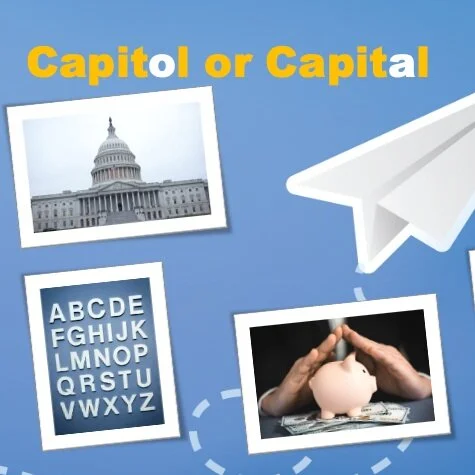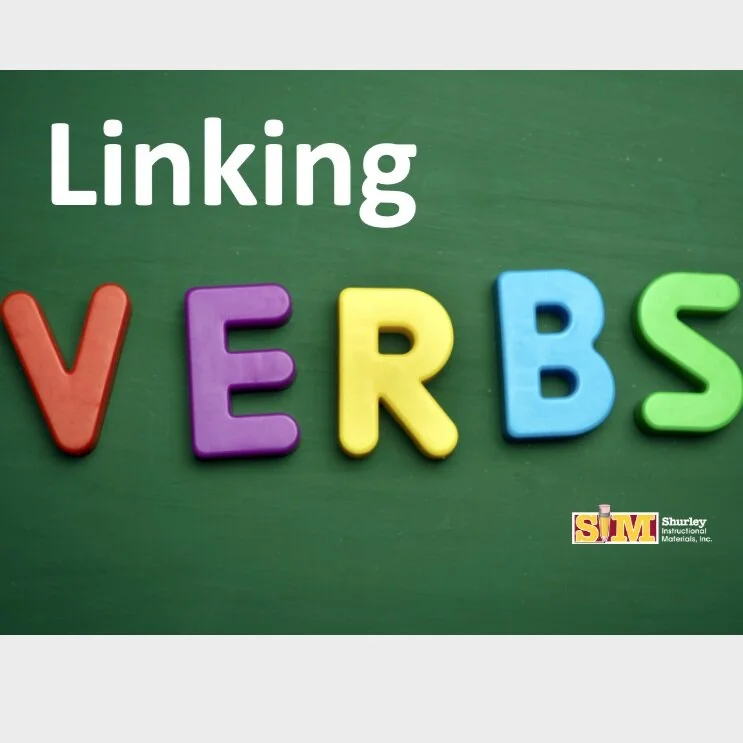360˚ Thinking: A Halloween Lesson
/It’s that time of year when all things Halloween are tripping about, including thematic lessons like the one I’d like to share with you today. Since it can be exhausting to come up with new, exciting ideas to engage kids during the holidays, hopefully, you will appreciate the idea. I think it’s important to embrace and even outdo students’ excitement because kids long to have adults who can embrace fun!
A favorite lesson plan of mine requires 360˚ thinking—a process where you consider a lesson theme and use it to branch into as many academic areas as possible—sort of like the spokes on a wheel. I like to call it 360˚ Thinking because you actually do look at the possibilities from every aspect where it can apply. Since Halloween is coming up,
Read More


































































































